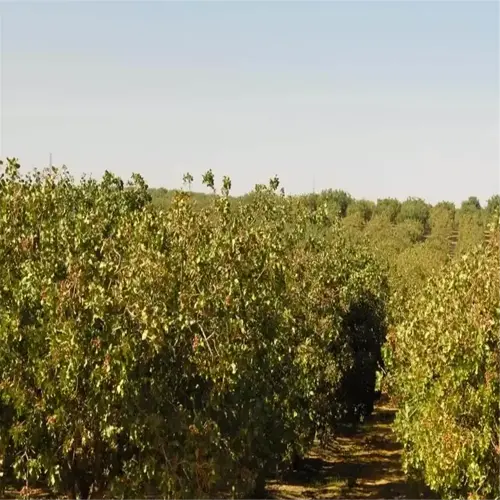What plants shouldn't grow near pomegranates?

Written by
Julia Anderson
Reviewed by
Prof. Charles Hartman, Ph.D.Pomegranates are not particularly compatible next to walnut trees due to juglone toxicity, which can inhibit rooting. Brassicas, such as cabbage and kale, can aggressively compete for nitrogen and phosphorus. Tall species such as eucalyptus can create too much shade, which can reduce fruit production in my orchard trials by 40-60%.
Juglone-Sensitive Plants
- Black walnuts: Release toxic juglone through roots
- Butternuts: Similar allelopathic effects
- Hickories: Lesser but still harmful juglone levels
Nutrient Competitors
- Broccoli: Heavy nitrogen feeder
- Cauliflower: Depletes phosphorus rapidly
- Kale: Roots outcompete pomegranates
Light Blockers
- Poplar trees: Fast-growing canopy
- Pine species: Dense year-round shade
- Bamboo: Spreads aggressively, limits sun
The toxicity from the walnut tree will present a decline in growth and the leaves will turn yellow all within an 18-month time frame. One client's pomegranates died 30 feet from black walnut trees until we moved them. Juglone will last in the soil for 2-3 years after the tree has been removed, but solarizing the soil will help break down that juglone faster.
Brassicas need 50% more nitrogen compared to pomegranates. I have measured soil N reductions down to 0.5 ppm adjacent to the rows of cabbage, which is half of what is needed. Interplant with clover that fixes nitrogen instead! The clover is a deep-rooting plant that will benefit your soil structure and mineral uptake without competing for surface nutrients in the soil.
Tall trees obstruct essential sunlight. Pomegranates require over 6 hours of direct sunlight. In the previous two years, the tree that was shaded produced 12 fruits, while the tree in full sun produced 60. Pruning the neighboring tree's branches or putting some reflective mulch down might direct enough sunlight to the pomegranates if relocating them isn't an option.
Read the full article: How to Grow Pomegranate: Expert Tips for Success

